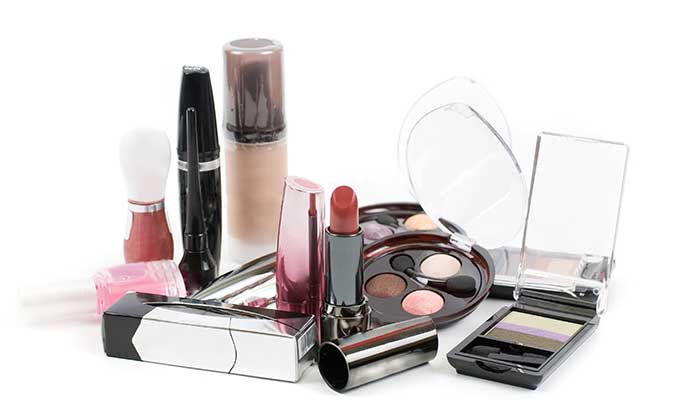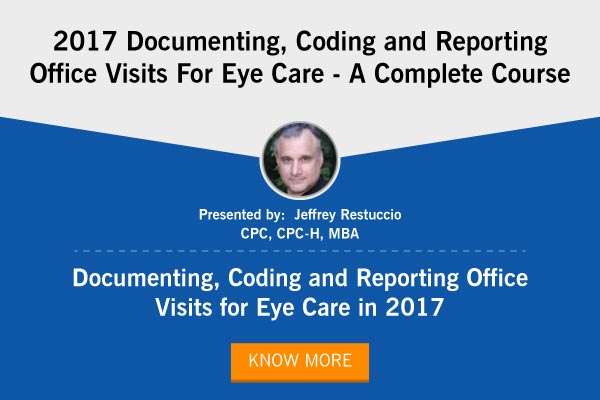 For drug and medical device manufacturers, getting an advanced approval from the U.S. Food and Drug Administration (FDA) is mandatory prior to marketing their products. In comparison, cosmetic establishments are solely responsible for validating the safety of their products before they hit the market. FDA’s authority to regulate cosmetics has not changed in decades, in spite of the complex changes being witnessed with regard to the ingredients used in their products. In recent years, several bills have been introduced in Congress to make amendments. Being on-top of various cosmetics reform bills proposed in Congress, will be essential for companies going forward.
For drug and medical device manufacturers, getting an advanced approval from the U.S. Food and Drug Administration (FDA) is mandatory prior to marketing their products. In comparison, cosmetic establishments are solely responsible for validating the safety of their products before they hit the market. FDA’s authority to regulate cosmetics has not changed in decades, in spite of the complex changes being witnessed with regard to the ingredients used in their products. In recent years, several bills have been introduced in Congress to make amendments. Being on-top of various cosmetics reform bills proposed in Congress, will be essential for companies going forward.
The Federal Food, Drug, and Cosmetic Act (FD&C Act) and the Fair Packaging and Labeling Act (FPLA) are the two most important laws pertaining to cosmetics marketed in the United States. FDA regulates cosmetics under the authority of these laws. A change in FDA’s legal authority over cosmetics would require Congress to change the law.
What kinds of products are “cosmetics” under the FD&C Act?
Cosmetics are defined by their proposed use, any article(s) intended to be rubbed, poured, sprinkled, or sprayed on, introduced into, or otherwise applied to the human body; for purposes of cleansing, beautifying, promoting attractiveness, or altering the appearance. Some of the products included in this definition are skin moisturizers, perfumes, lipsticks, fingernail polishes, eye and facial makeup, cleansing shampoos, permanent waves, hair colors, and deodorants, as well as any substance intended for use as a component of a cosmetic product. However, if the product is intended for therapeutic use, such as treating or preventing disease, or to affect the structure or function of the body, it’s a drug, or in some cases a medical device, even if it affects the appearance. Other “personal care products” may be regulated as dietary supplements or as consumer products.
How does the FD&C Act define a drug?
The Law defines “a drug”, in part, by their proposed use, any article(s) intended for use in the diagnosis, cure, mitigation, treatment, or prevention of disease – this includes articles intended to affect the structure or any function of the body of a human.
Products that are defined as a cosmetic and a drug?
Certain products meet the criteria of being both a cosmetic and a drug. This occurs when a product has two intended uses. For example, a shampoo is a cosmetic because its intended use is to cleanse the hair. An antidandruff treatment is a drug because its intended use is to treat dandruff. Consequently, an antidandruff shampoo is both a cosmetic and a drug. Among other cosmetic/drug combinations are toothpastes that contain fluoride, deodorants that are also antiperspirants, and moisturizers and makeup marketed with sun-protection claims. Such products must comply with the requirements for both cosmetics and drugs.
For more on Legal Trends and changes in the personal care and cosmetics industry and areas to watch in 2016, join industry expert Kristi A. Davidson, in a live webinar on Tuesday, March 15, 2016. Kristi will identify new and proposed legislation and will examine ways in which existing legislation applies to these emerging areas. This session will help companies reformulate, repackage and distribute their personal care products and cosmetics in adherence to the new requirements.



